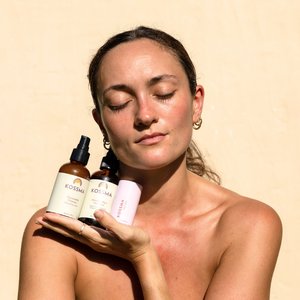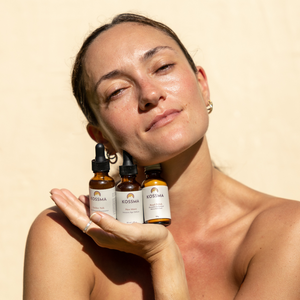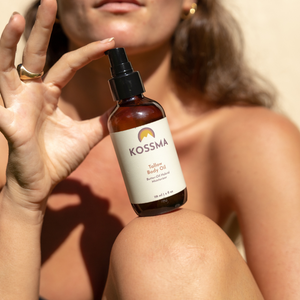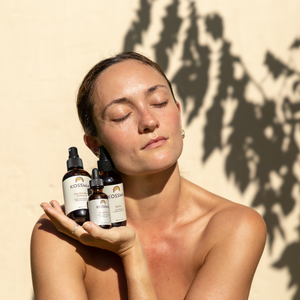We prefer this particular preservative because it is the least offensive option in the world of preservatives. It is also food-grade, so it is used to preserve food. It is the go-to preservative that chemists use for natural, clean, and organic beauty, particularly in organic baby care. Unlike parabens or other preservatives, it doesn't have any negative effects. We like its mildness and effectiveness, and does not have any negative effects or impact hormones. This makes it an ideal preservative to extend the shelf life of our products without compromising their quality.
Benzoic Acid is Found in Plants and Certain Fermented Foods
Sodium benzoate is a synthetic compound commonly used as a preservative in processed foods and beverages. It is made by combining benzoic acid and sodium hydroxide, resulting in an odorless, crystalline powder. Interestingly, benzoic acid, the precursor to sodium benzoate, is found naturally in many plants, including cinnamon, cloves, tomatoes, berries, plums, apples, and cranberries. Certain bacteria also produce benzoic acid when fermenting dairy products like yogurt. This means that while sodium benzoate is not naturally occurring, its precursor can be found in various food sources.
The Science of Producing Sodium Benzoate
Sodium benzoate is produced by the neutralization of benzoic acid with sodium hydroxide, sodium carbonate, sodium bicarbonate, or sodium sulfite. The reaction is exothermic, releasing heat, and typically takes place in an aqueous solution. Once the reaction is complete, the solution is cooled, and the resulting crystals of sodium benzoate are filtered out and dried to produce a pure, white powder that can be used as a preservative. This process creates a preservative that is effective, safe, and widely used in both the food and beauty industries.







